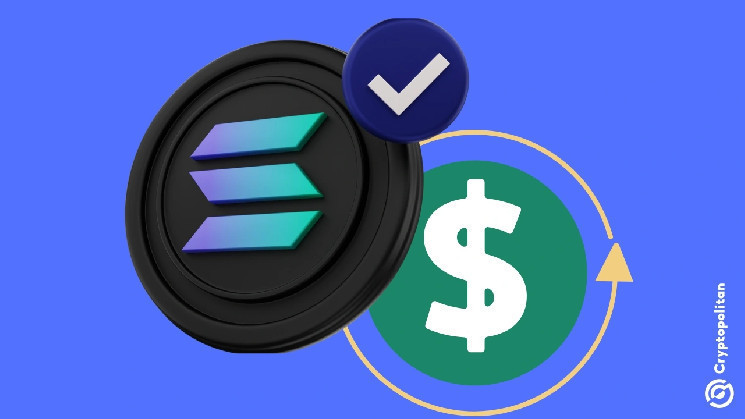Solana expanded its influence as a fee-generating chain, surpassing Bitcoin on a monthly basis. The chain still lags behind Ethereum, but shows the marked effect of meme token launches and trading.
Solana was among the most actively growing networks, taking up a bigger share of generated fees. In October, Solana’s share of fee-generating networks increased to a record, while other networks slowed down. Solana marked a shift in October, as the market’s attention turned to meme tokens and cheap on-chain DeFi. Raydium, Jupiter DEX, and Pump.fun remained Solana’s top three apps, making up the bulk of the chain’s traffic.
Solana increased its fee production in the last few months, reaching a new peak in October. | Source: Dune Analytics
Solana’s performance surpassed that of Bitcoin, due to holding and lower on-chain activity. For most of 2024, Bitcoin still produced more fees than Solana, which retained the fourth spot. The trend shifted in the past month, based on Token Terminal data.
In addition to the Solana L1 chain itself, Raydium and Jito are among the biggest fee producers, usually in the top 5 or top 10 of apps and platforms. Based on DeFi Llama data, Solana is ranked seventh in terms of 24-hour fees, while Raydium ranks at position 4 with $2.56M in daily fees. Apps and trading hubs were among the biggest fee-generating protocols, as noted in the latest Binance monthly market insights for October.
Solana also carries a growing DeFi sector, due to the inflow of liquidity and users. Value locked remains near the high range for this cycle at $6.65B. From November 7 onward, Solana will also carry cbBTC, the wrapped BTC version launched by Coinbase. The new asset will add to the liquidity locked on Solana through DeFi apps, tapping the value of BTC as it rises to new highs.
Ethereum also marked much lower fees compared to its record levels, due to the Dencun upgrade and a shift to L2 transactions. The chain produced 134.02M fees in October, with minimal payments from L2, as well as negligible blob fees.
Meme tokens and Raydium trades, however, are settled as L1 transactions, testing Solana’s capacity. This limitation creates a Solana economy of bribes and priority fees, which support validators through MEV payouts.
Solana as a L1 operates at a loss, as most of the fees generated go toward apps, validators, and MEV providers. Fees are still a proxy metric for Solana’s economy and tokenization trends. In October, Solana paid out $323.73M in incentives and expenses, leading to a loss of $286.99M.
Can Solana break its all-time high?
The best-performing cycle for SOL was in 2021, during the first Web3 and NFT boom. At that time, SOL was known to be influenced by FTX, leading to peak prices above $249.
After the most recent Bitcoin (BTC) peak above $76,200, SOL also responded, by rising above $192. At one point, SOL traded above $194, with a premium against the US dollar. Unlike other assets, SOL did not have a premium in its pairing with the Korean won, and instead traded at $188.81 on Upbit.
Open interest on SOL rose sharply from November 5 onward, reaching an all-time high. Leveraged positions rose to $3.15B for SOL futures, pointing to the most active season in the asset’s history.
At the levels just under $200, SOL also saw an expansion of long positions to 60% of all open interest. This ratio may invite selling to attack the long positions. SOL may be vulnerable to sell-offs from whales or fee recipients.
On the upside, SOL raised expectations of a breakout and a move to a new price range as high as $500. As one of the main platforms for crypto activity, Solana may also match other utility coins, moving closer to the range of BNB. In the short term, SOL is expected to attempt a rally to above $250, and up to $1,000 in a more extended bull market.
Read the full article here

